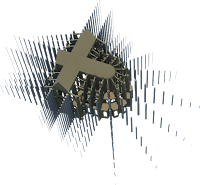After having very helpful tutorials with Matt and Paul Lau (Technical Studies) on friday. I am working on a deeper analysis by also recording the process. So far, the project has been a design from large/overall design towards smaller scale details, now I will try a reverse approach by starting very small systems developing into a larger system.
Saturday, 26 February 2011
Friday, 25 February 2011
Thursday, 24 February 2011
Wednesday, 23 February 2011
Columns
This flying buttress type is built by using only 600mm square profile columns. only the extensions for the existing flying buttresses are added to the vertical columns. This version allows an addition of pinnacle like element to the flying buttress extensions.
Also in this version, the distance between the columns are changing in every single extension. For the longest extensions the distance between the columns is 8m while in the narrow extensions the distance between the columns are 1.2m.
Rendering with the afternoon sun.
Moving away from the slab
Instead of a straight extrusion of 2m wide flying buttress all the way until the end of the city block, gradually the buttress extension gets thinner until it becomes 200mm wide in 10 steps.
Carving openings functioning as arches can be a way of moving away from the solid walls.
This is the D-O northern extension
8m distance between each of the vertical structure of this extension. Frame gets narrow by 200mm, starting with 2000mm width, ending with 100mm.
Tuesday, 22 February 2011
Flying Buttress Extensions
An updated plan for the cathedral and the Beauvais block around it. Finally everything is under control.
Monday, 21 February 2011
Steel Rings
Flying Buttress extensions will be built with bundled steel rings. However, in this render they merge into each other unrealistically. The larger frame is 20cm in diameter and 6m wide.
Saturday, 19 February 2011
Refined Structure
The whole block around the cathedral is cleared in this phase.
Extension for the nave is straight since there's no arcs towards the ground like the flying buttresses.
The museum is removed at this point at the eastern end of the cathedral.
New Cathedral Model
i had to start over and create a clean and light cathedral file in the end since its impossible to work with the insane size of the group cathedral model. - no ornament, purely the openings + structure.
Tuesday, 15 February 2011
Scaled Drawings
Finally I have produced the scaled drawings from the point cloud information. This information helps me locating the rose window and temporarily nave closing section.
Thursday, 10 February 2011
Flying Buttress Catalog
These are the simplified structural principles behind the flying buttresses below. Each of them has different potentials to be developed in my version to become a new skeleton around the cathedral.
Defining a Grid
After the jury; the heavy 3d model of the cathedral is replaced by the simple outline and structure of the cathedral. Refined in order to understand its proportions better. This will also enable 3D printing in 1:500 scale
The flying buttress extension - the circular side is limited with the eastern side of the building. Instead of focusing on the space, the focus is the frame - the buttresses now. The heavier lines in this drawing shows only flying buttress extensions, other types of structural extensions are to be added.
Thursday, 3 February 2011
Space Around the Cathedral
Walkway Study
Having individual worlds next to each other is the aim however is not a good departure point at this time. Working on the design of the route, later branching the spaces from the route to fill the in between spaces will be a better way - just like Mont Saint Michel.
The route is an extrusion of the 0.30 downscaled frame of the divisions. In the drawing on right, they overlap and pretty much are random. But the idea is to have different heights, widths of spaces forming a continuous route - hopefully more than one route.
At the south eastern entrance of the route, one of the in-between spaces is skipped because of the height 3,75m not allowing the formation of an internal route.
The route is an extrusion of the 0.30 downscaled frame of the divisions. In the drawing on right, they overlap and pretty much are random. But the idea is to have different heights, widths of spaces forming a continuous route - hopefully more than one route.
At the south eastern entrance of the route, one of the in-between spaces is skipped because of the height 3,75m not allowing the formation of an internal route.
Wednesday, 2 February 2011
Tuesday, 1 February 2011
Subscribe to:
Comments (Atom)














































